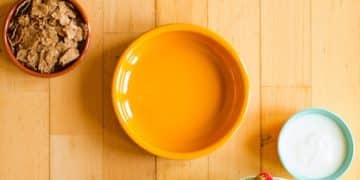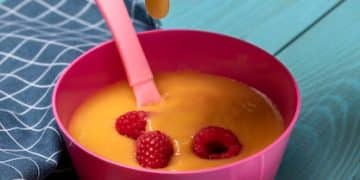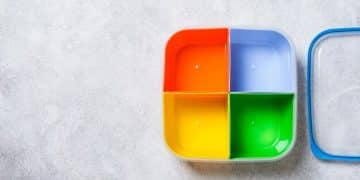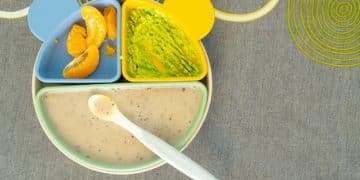Best Baby Food Blenders: Save Time & Money in 2025
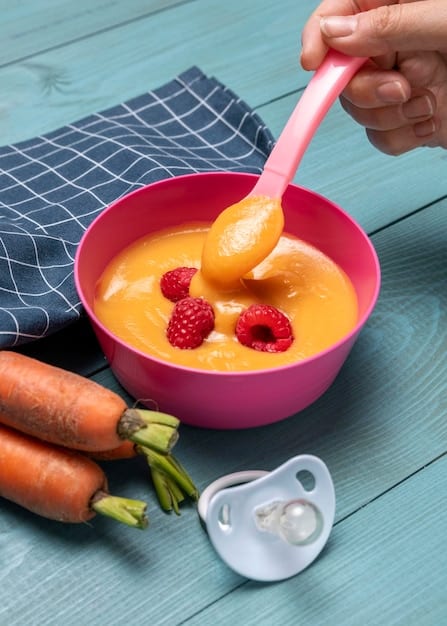
Baby food blenders are essential tools for parents looking to create nutritious, homemade meals for their little ones, and selecting the right model can significantly impact both your time and budget in 2025 by optimizing blending efficiency and minimizing food waste.
Preparing homemade baby food can be a rewarding experience, ensuring your baby receives the freshest and most nutritious meals. However, it can also be time-consuming and costly if you don’t have the right tools. Investing in one of the best baby food blenders can streamline the process, saving you both time and money in 2025.
Choosing the Right Baby Food Blender
Selecting the ideal baby food blender involves considering several crucial factors. From understanding the different types of blenders available to assessing their capacity and features, making an informed decision is essential for efficient and cost-effective meal preparation.
Types of Baby Food Blenders
There are several types of blenders designed for making baby food, each with its own set of advantages and disadvantages.
- All-in-One Baby Food Makers: These devices steam and blend food in the same container, reducing the need for multiple appliances.
- Immersion Blenders: Also known as stick blenders, these are versatile and easy to clean, perfect for small batches.
- Traditional Blenders: These blenders are a great option if you already have one in your kitchen, and can be used for a variety of recipes beyond baby food.
Key Features to Consider
When evaluating baby food blenders, certain features can make a significant difference in usability and convenience.
- Ease of Cleaning: Look for blenders with dishwasher-safe parts or easy-to-clean designs.
- Capacity: Choose a blender size that matches your needs, whether you’re making single servings or batch cooking.
- Speed Settings: Variable speed settings allow for greater control over the consistency of the food.
- Safety Features: Ensure the blender has safety locks and is made from BPA-free materials.
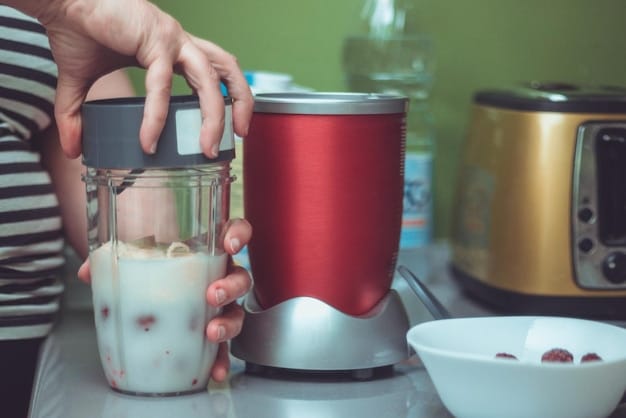
By carefully considering these factors, you can select a baby food blender that aligns with your lifestyle and dietary needs, ensuring a smooth and efficient meal preparation process.
Top Baby Food Blenders of 2025
In 2025, several baby food blenders stand out for their efficiency, convenience, and overall value. Here’s a look at some of the top contenders:
BEABA Babycook Neo
The BEABA Babycook Neo is an all-in-one appliance that steams, blends, reheats, and defrosts. It features a glass bowl and a stainless-steel steam basket, ensuring your baby’s food is prepared safely and স্বাস্থ্যকরভাবে.
NutriBullet Baby
The NutriBullet Baby is a compact and powerful blender specifically designed for making baby food. It comes with batch bowls and a freezer tray, making it easy to prepare and store meals in advance.
The market offers a variety of excellent options, each designed to cater to different needs and preferences. By considering your priorities and comparing the features of these top models, you can make an informed decision that will enhance your baby food preparation experience.
Time-Saving Benefits of Using a Baby Food Blender
One of the most significant advantages of using a baby food blender is the time it saves. Preparing food with a blender can significantly reduce the amount of time you spend in the kitchen, allowing you to focus on other important tasks.
Streamlined Meal Preparation
Baby food blenders streamline the entire meal preparation process. With features like steaming and blending in one device, you can quickly and easily create nutritious meals without the need for multiple pots and pans.
Batch Cooking Efficiency
Many baby food blenders are designed for batch cooking, allowing you to prepare large quantities of food at once. This is particularly useful for busy parents who want to have a ready supply of homemade meals.
- Prepare Ahead: Batch cooking allows you to prepare meals during your free time and store them for later use.
- Reduce Daily Cooking Time: By preparing meals in advance, you can significantly reduce the amount of time you spend cooking each day.
- Variety: Batch cooking also allows you to create a variety of different meals, ensuring your baby receives a balanced diet.
Quick Cleanup
Ease of cleaning is another time-saving benefit of using a baby food blender. Many models feature dishwasher-safe parts, making cleanup quick and easy. This is especially valuable for parents who are already juggling multiple responsibilities.
By leveraging these time-saving features, parents can enjoy the benefits of homemade baby food without feeling overwhelmed by the demands of meal preparation.
Cost-Effective Meal Planning with Baby Food Blenders
In addition to saving time, baby food blenders can also help you save money. Homemade baby food is often more affordable than store-bought alternatives, and by using a blender, you can control the ingredients and portion sizes, further reducing costs.
Lower Grocery Bills
Preparing your own baby food can significantly lower your grocery bills. Store-bought baby food can be expensive, especially if you are buying organic or specialized options. By making your own food, you can save money and ensure your baby is getting the healthiest possible meals.
Reduced Food Waste
Baby food blenders can help you reduce food waste by allowing you to use small amounts of leftover ingredients. This is particularly useful if you have small portions of fruits and vegetables that would otherwise go to waste.
Control Over Ingredients
Using a baby food blender gives you complete control over the ingredients in your baby’s meals. This is especially important for parents who want to avoid preservatives, additives, and other unhealthy ingredients found in many store-bought products.
- Organic Options: You can choose to use organic fruits and vegetables, ensuring your baby is getting the purest possible food.
- Customized Recipes: You can create recipes tailored to your baby’s specific needs and preferences.
- Allergen Control: You can avoid common allergens, such as dairy, soy, and gluten, if your baby has sensitivities or allergies.
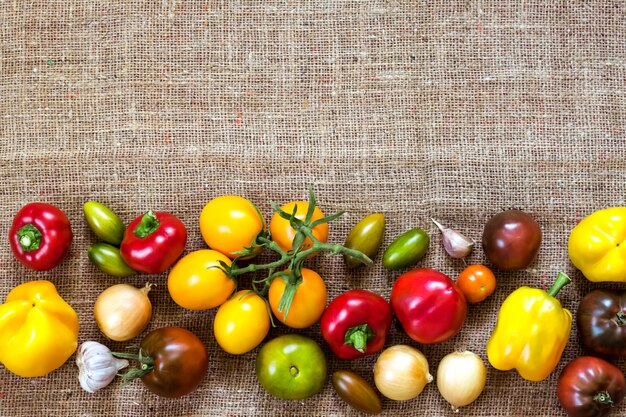
By planning your meals carefully and using a baby food blender, you can enjoy the health benefits of homemade baby food while also saving money.
Extending the Use of Your Baby Food Blender
Investing in a baby food blender doesn’t mean it will only be useful for a limited time. These appliances can be used long after your baby transitions to solid foods, offering continued value and versatility in your kitchen.
Purees and Smoothies
Once your baby has outgrown pureed foods, you can continue to use your blender to make nutritious purees and smoothies for the whole family. These are great options for quick breakfasts, healthy snacks, or even dessert.
Soups and Sauces
Baby food blenders are also excellent for making soups and sauces. Whether you’re creating a creamy tomato soup or a flavorful pesto, your blender can help you achieve the perfect consistency and текстура.
Other Culinary Uses
Beyond purees, smoothies, soups, and sauces, baby food blenders can be used for a variety of other culinary tasks. From grinding nuts and seeds to making homemade dips and spreads, the possibilities are endless.
- Nut Butters: Create your own natural nut butters without added sugars or preservatives.
- Dips and Spreads: Make hummus, guacamole, and other dips and spreads for healthy snacking.
- Grinding: Grind coffee beans, spices, and herbs for fresh, flavorful results.
By exploring the diverse applications of your baby food blender, you can maximize its value and extend its usefulness far beyond the baby food stage. This makes it a worthwhile investment that can benefit your entire family.
Maintaining and Cleaning Your Baby Food Blender
Proper maintenance and cleaning are essential for ensuring the longevity and performance of your baby food blender. Regular cleaning not only keeps your appliance in good condition but also prevents the buildup of bacteria and foodborne pathogens.
Regular Cleaning Practices
After each use, it’s important to clean your baby food blender thoroughly. This typically involves disassembling the parts and washing them with warm, soapy water. Be sure to rinse all components thoroughly and allow them to air dry.
Deep Cleaning Tips
In addition to regular cleaning, it’s a good idea to deep clean your baby food blender periodically. This can help remove stubborn stains and residue that may accumulate over time.
Maintaining your baby food blender properly can extend its lifespan and ensure it continues to perform optimally for years to come.
| Key Point | Brief Description |
|---|---|
| ⏱️ Time-Saving Benefits | Streamlines meal prep, facilitates batch cooking, and ensures quick cleanup. |
| 💰 Cost-Effective | Lowers grocery bills and reduces food waste with homemade meals. |
| 🌱 Ingredient Control | Enables selection of organic, allergen-free ingredients for optimal health. |
| 🔄 Versatile Uses | Extends use from baby food to family smoothies, soups, and sauces. |
Frequently Asked Questions
▼
Making your own baby food allows you to control the ingredients, ensuring your baby receives fresh, healthy meals without preservatives or additives. It’s also more cost-effective than buying pre-made baby food.
▼
Consider factors like ease of cleaning, capacity, speed settings, and safety features. All-in-one blenders are convenient for steaming and blending, while immersion blenders are great for small batches and easy cleanup.
▼
Yes, but specialized baby food blenders offer features designed specifically for making baby food, such as steaming and smaller batch sizes. A regular blender can work, but may require more effort and cleaning.
▼
Homemade baby food can be stored in the refrigerator for up to 48 hours or in the freezer for up to 2-3 months. Use airtight containers or freezer-safe bags to prevent freezer burn and maintain quality.
▼
Good starter recipes include single-ingredient purees like sweet potato, butternut squash, avocado, and banana. These are easy to digest and allow you to identify any potential allergies or sensitivities.
Conclusion
Investing in a baby food blender is a practical decision for parents aiming to provide their children with nutritious, homemade meals while saving time and money. By considering the various types of blenders, their features, and the long-term benefits, you can select an appliance that meets your family’s needs and enhances your meal preparation process. Make an informed choice to make mealtime simpler and healthier in 2025.

